#Terek Sandpiper and bird
Text

Xenus cinereus [ソリハシシギ,Terek Sandpiper]
急に雲が出てきた干潟にソリハシシギたちが登場。
125 notes
·
View notes
Text
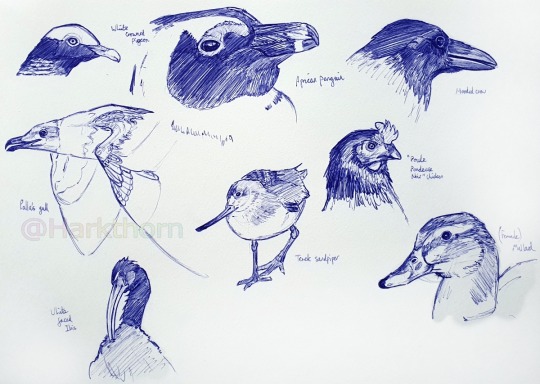
Bird sketches! It's been a while
-2569
#art#traditional art#sketch#daily sketch#ballpointsketch#ballpointpen#bird#birds#studies#wildlife#pigeon#white crowned pigeon#penguin#african penguin#crow#hooded crow#gull#sandpiper#terek sandpiper#mallard#female mallard#duck#chicken#ibis#white faced ibis
35 notes
·
View notes
Photo
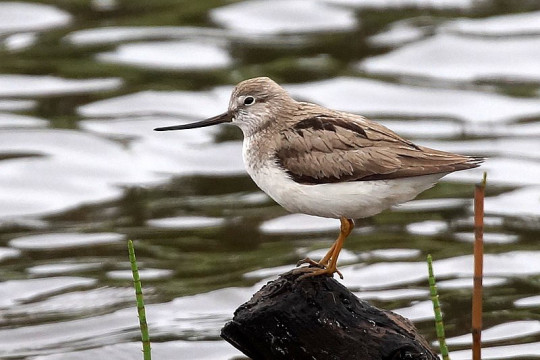
A new variant has been added!
Terek Sandpiper (Xenus cinereus)
© Koskikara
It hatches from bright, conspicuous, fresh, orange, other, overall, smallish, stumpy, tidal, unique, upturned, and white eggs.
squawkoverflow - the ultimate bird collecting game
🥚 hatch ❤️ collect 🤝 connect
1 note
·
View note
Text
This Chennai visitor does not grant birders an easy audience
This Chennai visitor does not grant birders an easy audience
The Terek Sandpiper’s forehead is a cliff dressed in feathers. The bird would still be headbutted out of a “Mr. Steep Forehead” contest. The Pied Avocet, also a Chennai migrant, is enough to dash its hopes. Placed next to the Avocet’s forehead, Mount Thor with its daunting cliff is just a hopelessly flat-lined ECG lead.
The Terek Sandpiper’s more attention-grabbing feature is its upcurved bill.…

View On WordPress
#Avocet Sandpiper#BHNS Regional Migration Study Centre#migrant watch and column#Point Calimere#Terek Sandpiper and bird#Vikas Madhav Nagarajan and eBird reviewer
0 notes
Video
maxromantics
Terek Sandpiper is a small mobile bird of the snipe family. Lives by the river valleys, so that there are puddles, old channels, mud banks. It feeds on insect larvae buried in silt. If it is possible to get large prey from the earth, it carries it to the water, rinses it from dirt and only then swallows it.
Morodunka is a small mobile bird of the snipe family. Lives near river valleys, so that there are puddles around, old channels, mud bars. It feeds on insect larvae buried in silt. If it is possible to get large prey from the ground, then it carries it to the water, rinses it off the dirt and only then swallows it.
27 notes
·
View notes
Photo

January 19, 2020 - Terek Sandpiper (Xenus cinereus)
Breeding in northern Eurasia, these sandpipers winter along the coasts of eastern and southern Africa, the Middle East, South Asia, Southeast Asia, and Australia. They forage alone, eating insects, crustaceans, mollusks, and seeds. Often breeding in colonies, they build shallow scrape nests near water, lining them with plants and debris. Females incubate the eggs while males guard the nests, both care for the chicks.
73 notes
·
View notes
Photo

ソリハシシギ
Xenus cinereus
2019.08.28
千葉県船橋市三番瀬
15 notes
·
View notes
Text
Xenus cinereus

By Koskikara, CC BY-SA 3.0
Etymology: Stranger
First described By: Kaup, 1829
Classification: Dinosauromorpha, Dinosauriformes, Dracohors, Dinosauria, Saurischia, Eusaurischia, Theropoda, Neotheropoda, Averostra, Tetanurae, Orionides, Avetheropoda, Coelurosauria, Tyrannoraptora, Maniraptoromorpha, Maniraptoriformes, Maniraptora, Pennaraptora, Paraves, Eumaniraptora, Averaptora, Avialae, Euavialae, Avebrevicauda, Pygostaylia, Ornithothoraces, Euornithes, Ornithuromorpha, Ornithurae, Neornithes, Neognathae, Neoaves, Aequorlitornithes, Charadriiformes, Scolopaci, Scolopacidae
Status: Extant, Least Concern
Time and Place: The Terek Sandpiper has been around for at least the last 126,000 years, since the Tarantian age of the Pleistocene of the Quaternary through today

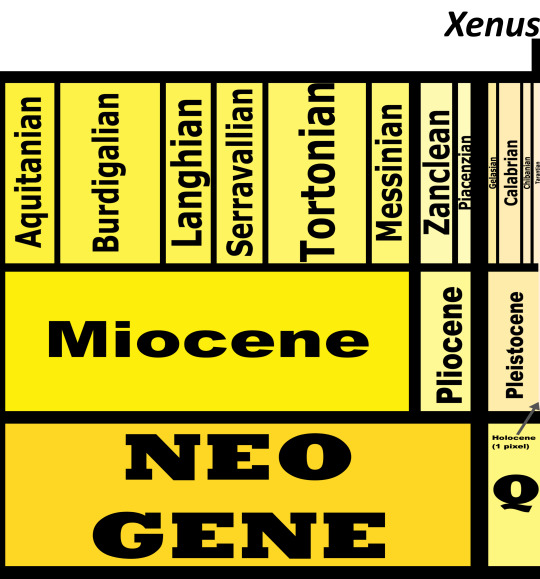
This bird spends the summers in Russia - where fossils of it have been found - and then breeds along the coasts of the Indian Ocean

Physical Description: The Terek Sandpiper is, in general, similar in appearance to the usual sandpipers - a medium sized bird, with long thin legs for wading, and a long, thin, pointed beak for probing in sand for food. The terek Sandpiper in particular is slightly larger than the Common Sandpiper, at 25 centimeters in length; it has a weakly curved bill, and is colored taupe on its back and white on its belly, with a black stripe across its eye. They also change color based on breeding or not, with the birds in the non-breeding season being duller in color than the birds during the breeding season - this is changed through seasonal molts. The Terek Sandpiper does not differ based on sex.
Diet: These birds feed mainly on midges and seeds during the breeding season; on the off season, this bird feeds on insects, molluscs, crustaceans, spiders, and worms.
Behavior: The Terek Sandpiper will feed by rapidly running across the watery sand, pecking at the surface of the water or sand and then running away immediately afterwards. It’ll probe deeper into either to grab food, and will also chase prey on the land. It feeds mainly during the low tide, wading at the water’s edge while probing around for food. These birds do forage together, calling to each other with varying whistles that go per-rrrr-eeeee over and over again. They also make softer songs while flying, and louder flutey wee-we calls in alarm.

By J. M. Garg, CC BY-SA 4.0
The Terek Sandpiper migrates, moving south starting in July and then in October, and then migrating back north from March through May. They tend to stay within the same longitudinal line, just migrating south to a place along the Indian Ocean Coast for warmer habitat during the winter. They then migrate back up throughout Russia in the summer for the breeding season. They breed form Jay through July in large colonies, though closer to Europe they’ll often nest alone. They are monogamous, mating with one mate for their whole lives, and the parents work together to carve a shallow depression in the ground and then line it with grass and debris for the nest. Usually, this nest is made near a source of water. They only lay one clutch per breeding season, which usually consists of about four eggs. These eggs hatch after a little more than three weeks, after both sexes incubate. The chicks are grey and fluffy, and they fledge after two weeks; these birds can live up to 15 years in the wild.
Ecosystem: The Terek Sandpiper lives near the coast and in lowland valleys near sources of water, especially floodplains near tall grasses and scrub forests near taiga and tundra in the north. Their coastal, non-breeding habitats are usually on mudflats and estuaries, as well as near coral reefs, sandy beaches, and sandbars. They can also be found in coastal swamps.
Other: Tens of thousands of these birds are known, and they are not considered to be endangered.
~ By Meig Dickson
Sources under the Cut
Clements, J. F., T. S. Schulenberg, M. J. Iliff, D. Roberson, T. A. Fredericks, B. L. Sullivan, and C. L. Wood. 2017. The eBird/Clements checklist of birds of the world: v2017
Jobling, J. A. 2010. The Helm Dictionary of Scientific Bird Names. Christopher Helm Publishing, A&C Black Publishers Ltd, London.
Van Gils, J., Wiersma, P. & Kirwan, G.M. (2019). Terek Sandpiper (Xenus cinereus). In: del Hoyo, J., Elliott, A., Sargatal, J., Christie, D.A. & de Juana, E. (eds.). Handbook of the Birds of the World Alive. Lynx Edicions, Barcelona.
#Xenus#Xenus cinereus#Terek Sandpiper#Bird#Dinosaur#Birblr#Palaeoblr#Sandpiper#Charadriiform#Dinosaurs#Birds#Aequorlitornithian#Water Wednesday#Piscivore#Africa#Australia and Oceania#Eurasia#Quaternary#paleontology#prehistory#prehistoric life#biology#a dinosaur a day#a-dinosaur-a-day#dinosaur of the day#dinosaur-of-the-day#science#nature#factfile
87 notes
·
View notes
Photo
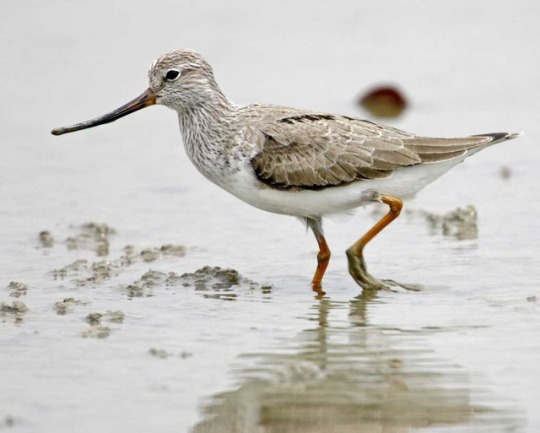
Daily Bird: Terek Sandpiper
Range: during migrations, western Alaska
More information: here
Photo: https : // www . audubon . org/field-guide/bird/terek-sandpiper
3 notes
·
View notes
Photo
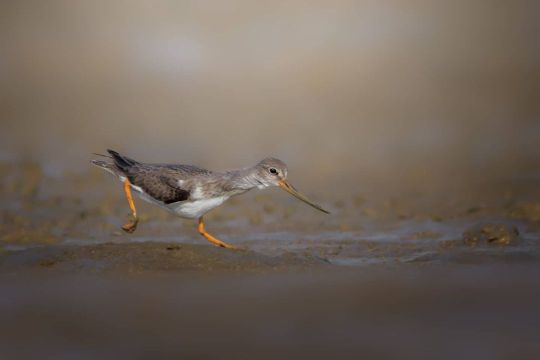
Terek Sandpiper (Processed) #birdsphotography #Photography #Birds https://www.instagram.com/p/CT-930SqMeb/?utm_medium=tumblr
1 note
·
View note
Photo
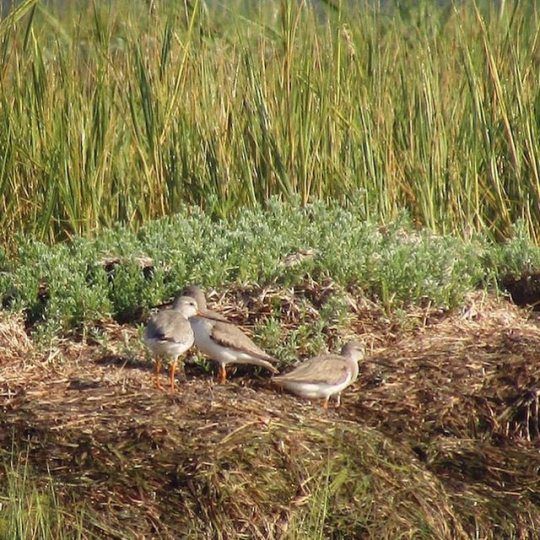
It's also #WorldMigratoryBirdDay! We're lucky that several species of Palearctic breeding waders decide to fly large distances of nearly 20,000km to overwinter here in sunny Plettenberg Bay…quite the feat to complete twice annually! Here's a little group of Terek Sandpipers that showed up last summer…hoping they return again this year, too. That these birds cover so much area to migrate across the globe—with stopovers crossing several country borders & between hemispheres—it requires international conservation cooperation to ensure a safe journey! #DiaMundialDeLasAvesMigratorias (at Plett Goose Valley) https://www.instagram.com/p/B3h81-Oggbl/?igshid=1um5xhmyi2tb4
1 note
·
View note
Text

Xenus cinereus [ソリハシシギ,Terek Sandpiper]
動きがユーモラス。
109 notes
·
View notes
Text
DENR seeks protection of migratory bird sites in E. Visayas
#PHnews: DENR seeks protection of migratory bird sites in E. Visayas
TACLOBAN CITY – The Department of Environment and Natural Resources (DENR) has asked local government units to step up efforts in the conservation of migratory bird sites in Eastern Visayas.
The DENR has strongly recommended the passage of a local government resolution formally declaring as migratory bird sites in those areas where migrating birds are regularly observed.
“The passage of a municipal resolution declaring these as migratory bird sites will empower local government units to have a direct management of its protection and conservation,” said DENR regional office development manager officer Ingelina Lantajo in a statement on Monday.
The DENR reiterated this call to local governments to take active participation and conservation of migratory bird sites as the agency participates in the Asian Waterbird Census (AWC) for the year.
AWC forms part of the International Waterbird Census, which takes place every January of each year. This is in support of the conservation and management effort of wetlands and waterbirds worldwide.
In Eastern Visayas, DENR has identified seven bird sites in the provinces of Leyte, Southern Leyte, Samar, and Eastern Samar, where the presence of diverse and numerous species of migratory birds was documented.
These are the Ormoc Bay Wetlands in Ormoc City, Lake Bito Inland Wetland in MacArthur town, Carigara Bay Wetlands in Carigara and Barugo; and the Tres Marias Islands in Palompon, all in Leyte province.
Outside Leyte, these sites are Southern Leyte Bird Sanctuary in St. Bernard, Southern Leyte; Maqueda Bay Wetlands within the towns of Motiong, Jiabong, and Paranas in Samar; and Guiuan Intertidal Flats in Eastern Samar.
Most migratoy birds consistently found on the identified bird sites were Philippine Duck, Little Egret, Greenshank, Purple Heron, Common Sandpiper, Whiskered Tern, Great Knot, Whimbrel, Lesser sand Plover, Terek Sandpiper, Rufous night Heron, Kentish Plover, Intermediate Egret, Common Tern. Moorhen, Grey Heron, Javan pond Heron and Black-winged Stilt.
“Just like last year, there was a noted decrease in the number of migratory birds counted although the same types of species were identified. Since there was no apparent denudation of mangroves forest and degradation of their wetland habitat, we can surmise that the typhoons of last year may have forced the migratory birds to shift to other sites for their food and roosting place,” Lantajo added.
The annual AWC is conducted mainly to monitor the population, as well as the changes in waterbird numbers and distribution by regular and standardized counts of representative wetlands. It is also an activity meant to increase the awareness of the communities on the importance of wetlands, considered as the kidneys of the earth and as the natural habitats of these birds. (PNA)
***
References:
* Philippine News Agency. "DENR seeks protection of migratory bird sites in E. Visayas." Philippine News Agency. https://www.pna.gov.ph/articles/1129277 (accessed February 02, 2021 at 09:11PM UTC+14).
* Philippine News Agency. "DENR seeks protection of migratory bird sites in E. Visayas." Archive Today. https://archive.ph/?run=1&url=https://www.pna.gov.ph/articles/1129277 (archived).
0 notes
Photo

A new variant has been added!
Terek Sandpiper (Xenus cinereus)
© Vedant Raju Kasambe
It hatches from bright, conspicuous, fresh, orange, other, overall, smallish, stumpy, tidal, unique, upturned, and white eggs.
squawkoverflow - the ultimate bird collecting game
🥚 hatch ❤️ collect 🤝 connect
0 notes
Photo

http://goo.gl/plM6ud Terek düdükçünü - Terek Sandpiper - Xenus cinereus Gölbaşı - Ankara by aatac
#seabird#water bird#Xenus cinereus#Terek Sandpiper#Terek düdükçünü#Düdükçün#Sandpiper#Kuşlar#Birdwatc
0 notes
Photo

Terek düdükçünü - Terek Sandpiper - Xenus cinereus by aatac
0 notes